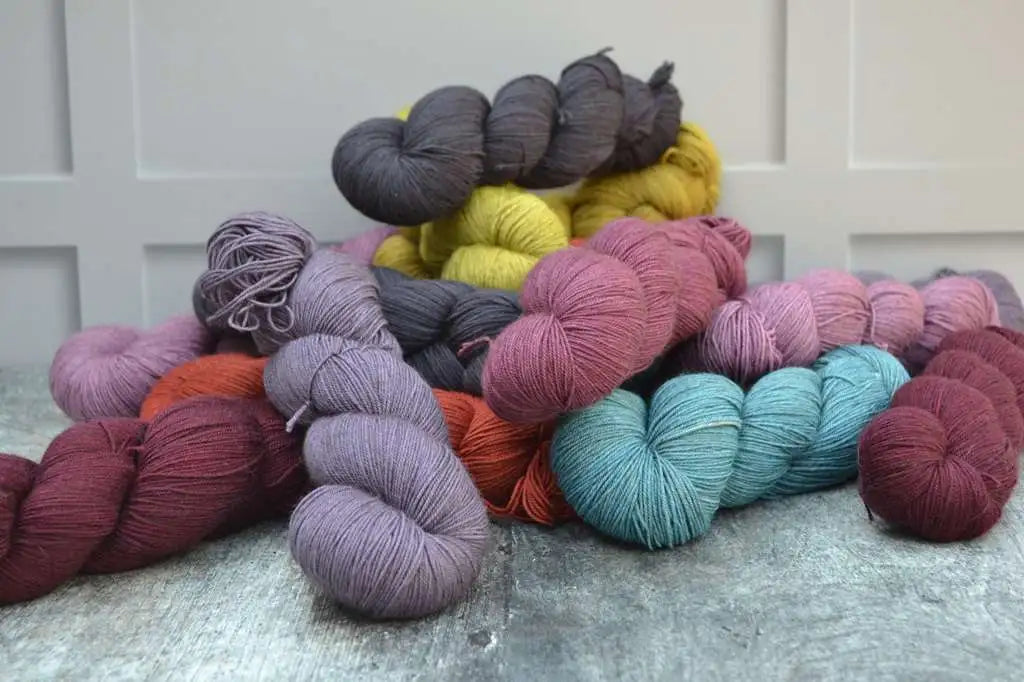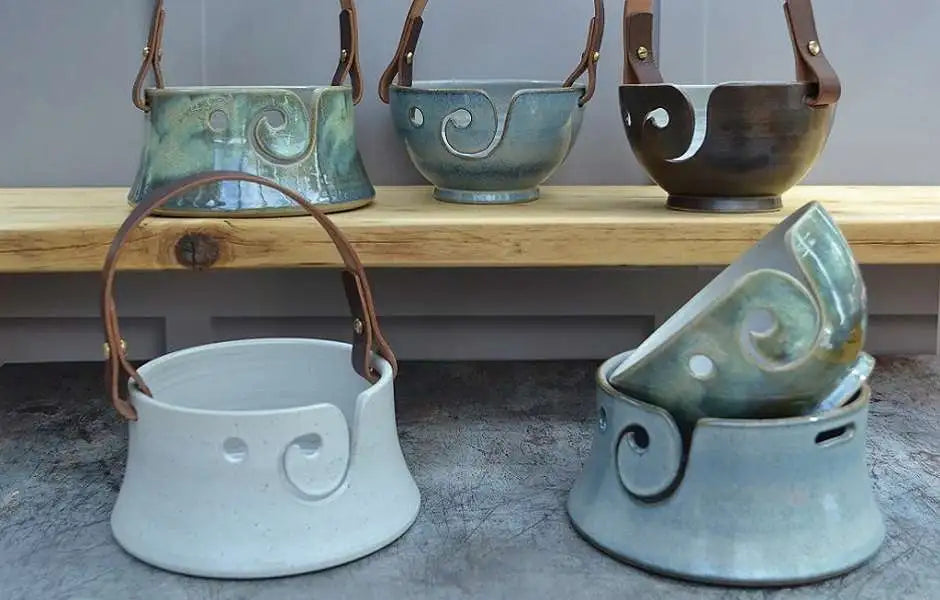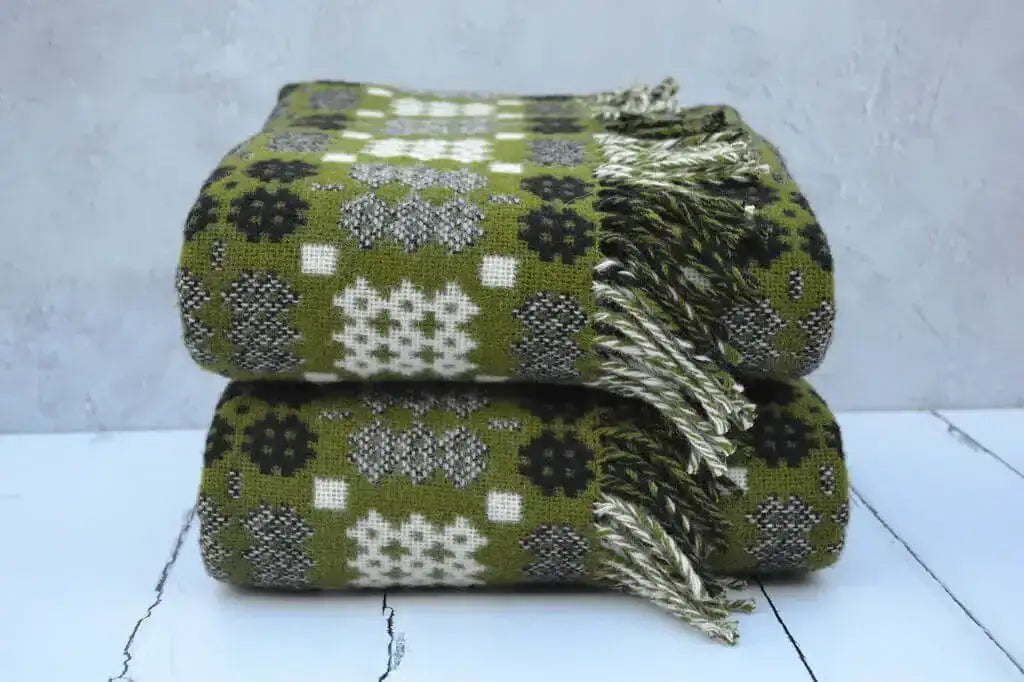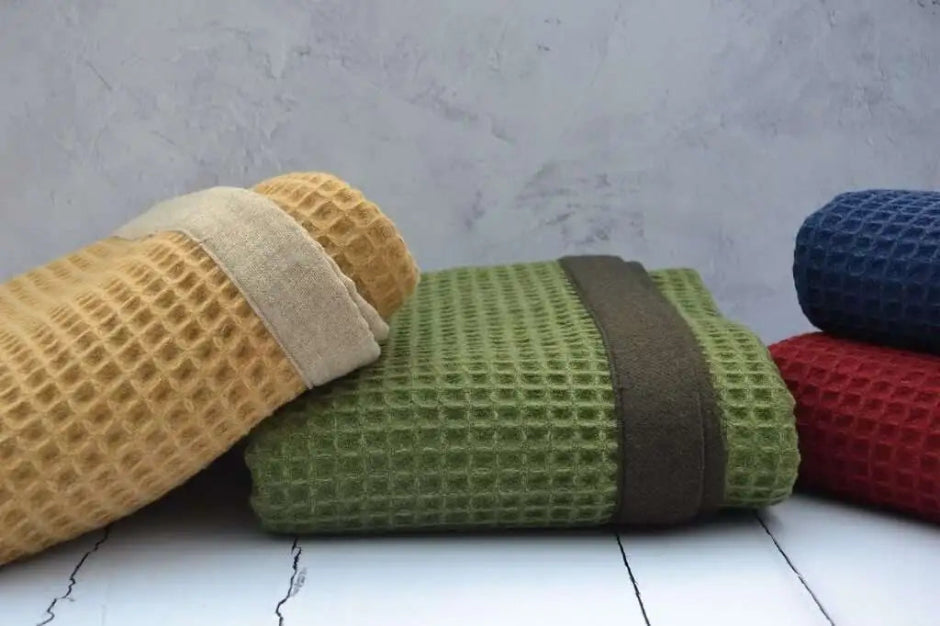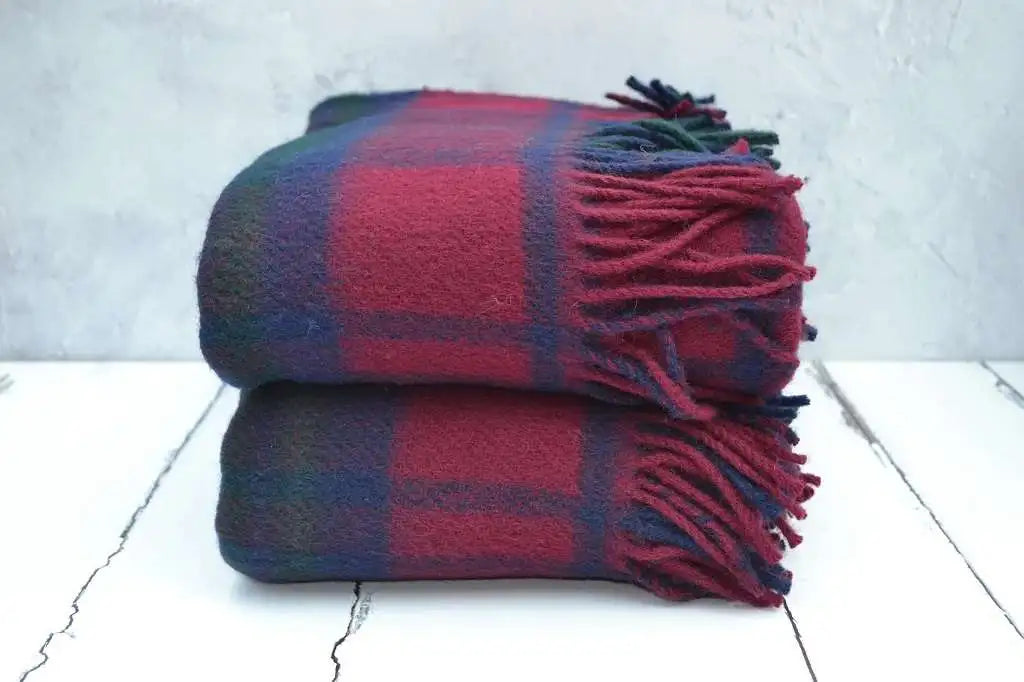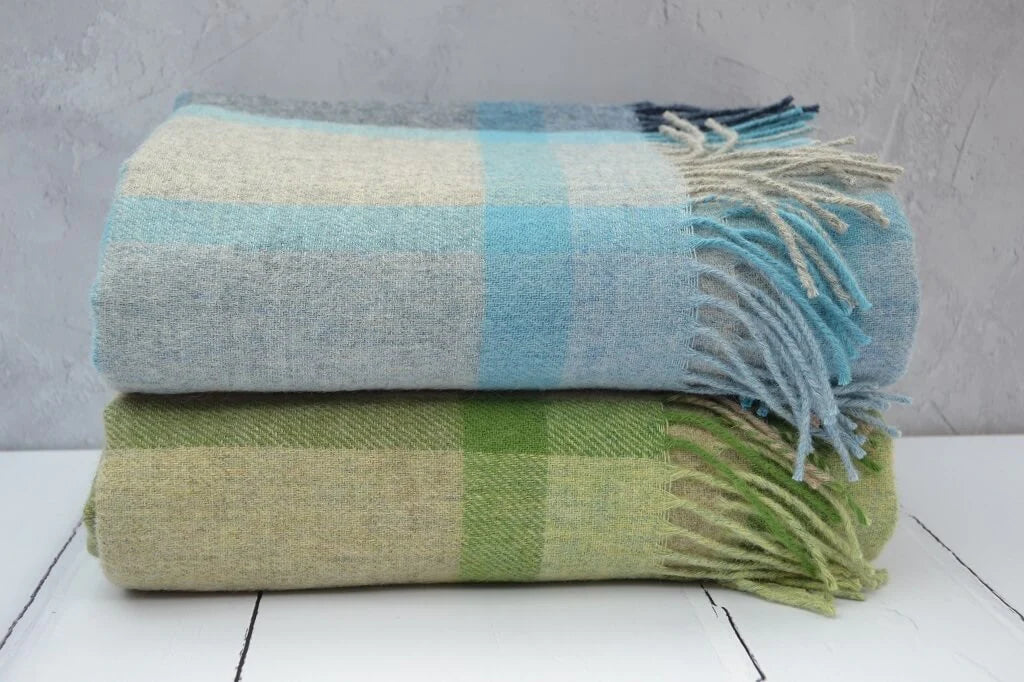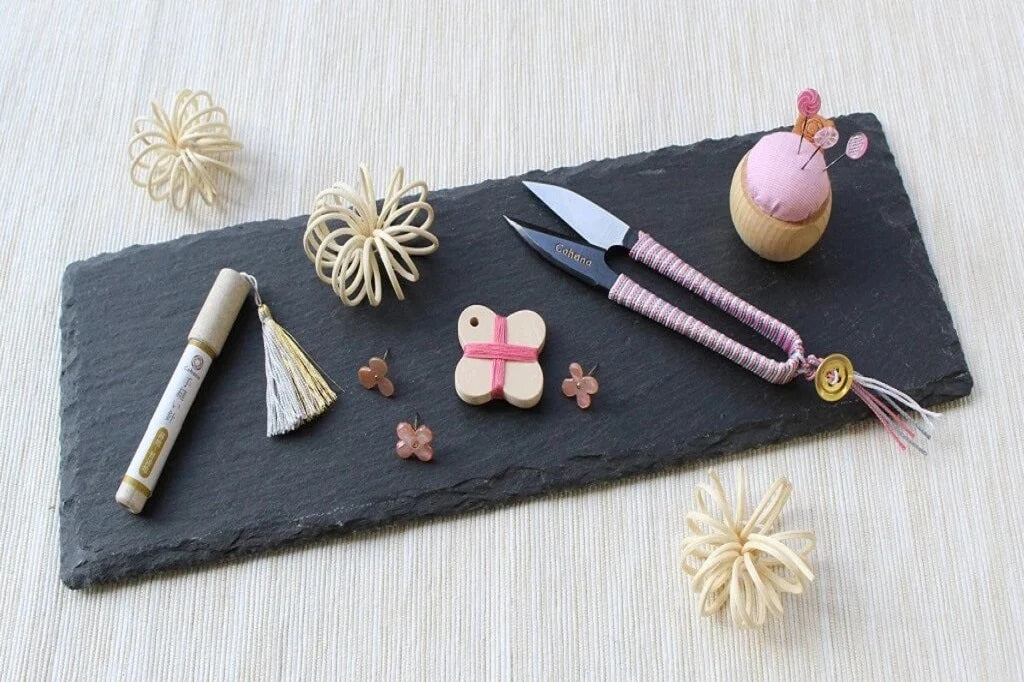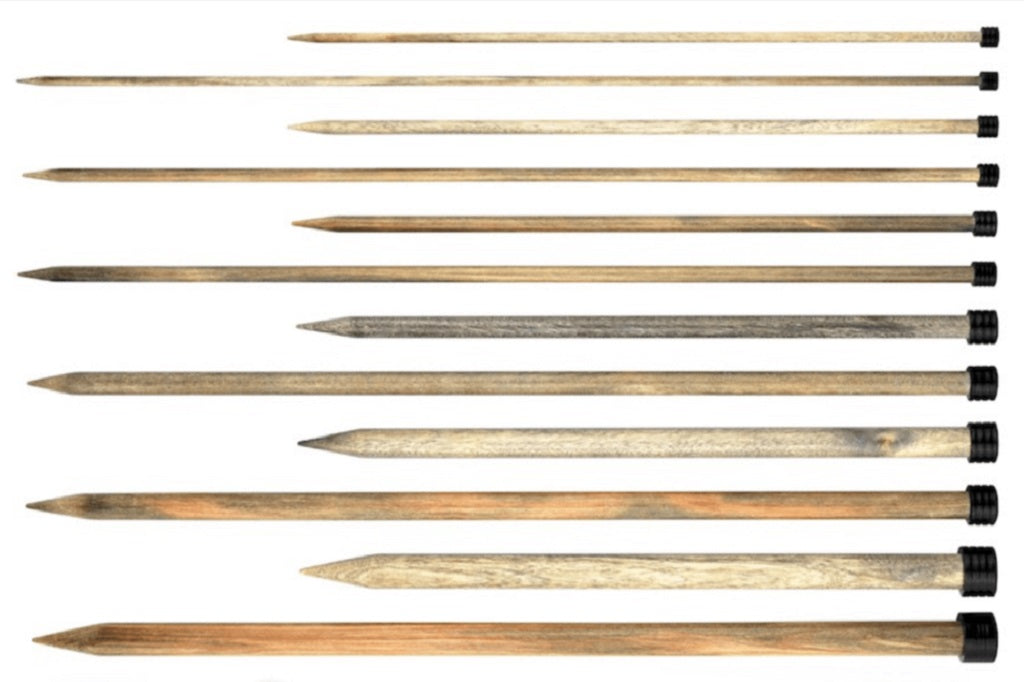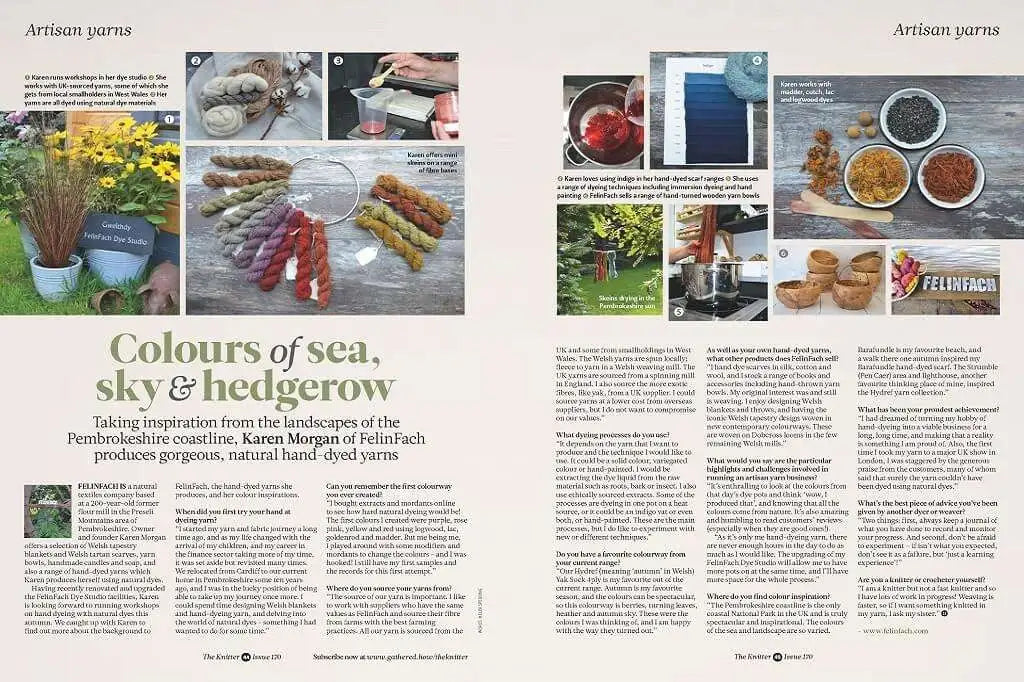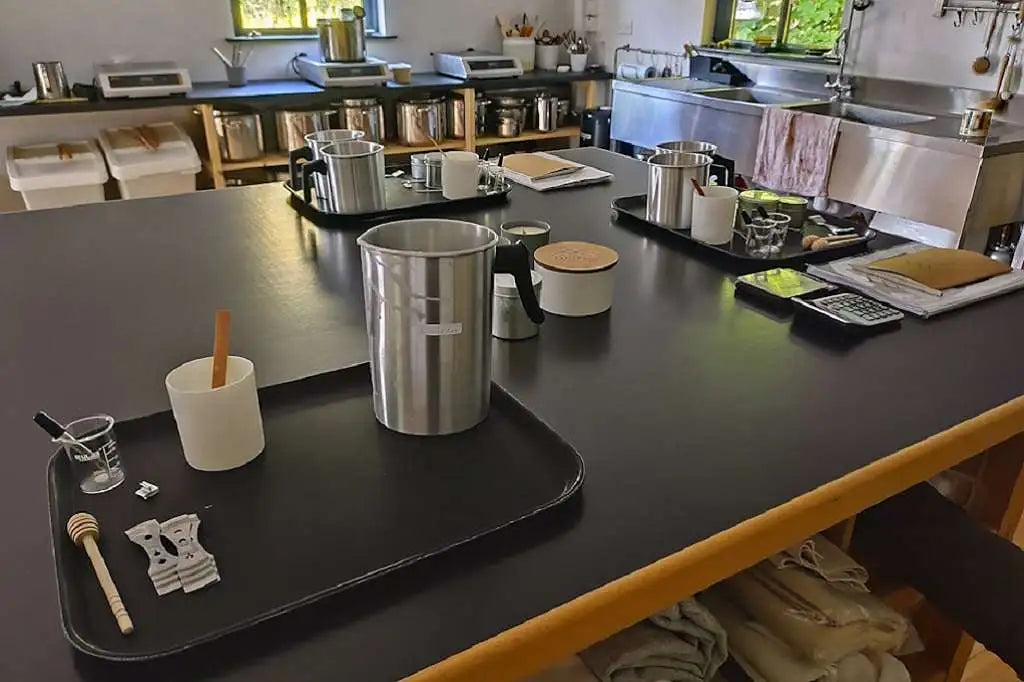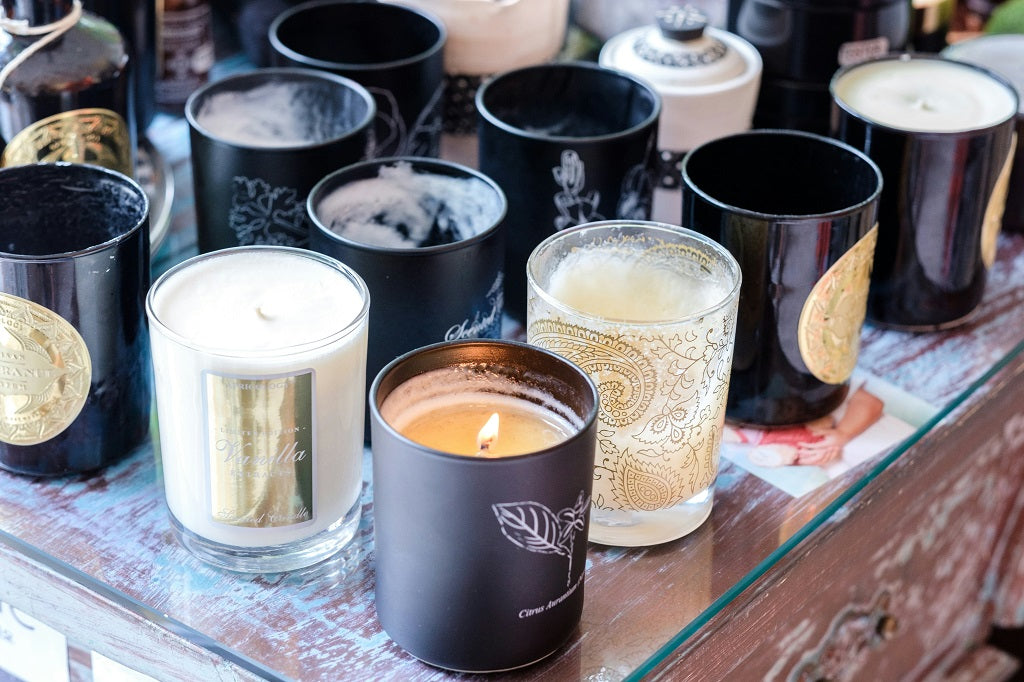Yarn Shop
Welsh Blankets
Clearance Sale
Craft Courses
About Us
Botanical Inks - Oak Gall Ink
Oak Gall Ink
From the Middle Ages to the 19th century, oak gall ink was one of the most frequently made and used inks in Europe. It was made in batches by hand until the 18th century, when commercial production methods began. The rusty browns of manuscripts written in oak gall ink make it one of the most recognisable inks in the world.
How is Oak Gall Ink Made
Oak Gall ink is made from gall nuts, iron and water with gum Arabic as a binder to keep the pigment in suspension as well as binding the ink to the written surface. The famous book of Kells is generally considered to be one of the finest manuscripts from early medieval Britain. This book was written in the distinctive iron gall ink as well as other ink colours to be found within the leaves of parchment.
FelinFach Oak Gall Ink
All of our inks are handmade in small batches using natural botanical dye in Pembrokeshire, Wales, UK. Our Oak Gall ink is made using the oak galls foraged from the trees in our garden and the nearby countryside. Our Oak Gall Ink is available in different sized bottles with screw top lids and a pipettes, for use with dip pens and brushes.
History of Oak Gall Ink
Famous Documents Written with Oak Gall Ink
Oak gall ink, also known as iron gall ink, is a historic ink well known for its permanence, durability and dark colour. Because of these characteristics, many of the most important historical documents in the world were written with this ink. Here are some examples:
- Codex Vaticanus (4th century) - One of the oldest extant manuscripts of the Greek Bible, housed in the Vatican Library.
- Codex Sinaiticus (4th century) - Another ancient manuscript of the Bible, discovered at the Saint Catherine's Monastery in Sinai.
- Dead Sea Scrolls (circa 3rd century BCE to 1st century CE) - These ancient Jewish texts, discovered in the Qumran Caves, include some written with oak gall ink.
- Leonardo da Vinci's Notebooks (15th-16th centuries) - The famous polymath used oak gall ink in his detailed sketches and writings.
- USA Declaration of Independence (1776 - Drafted by Thomas Jefferson and adopted by the Continental Congress, this document was written using oak gall ink.
- Constitution of the USA (1787) - The supreme law of the United States, penned in oak gall ink, reflecting its importance and the need for its preservation.
- Magna Carta (1215) - A cornerstone document of UK constitutional history, written in oak gall ink on parchment.
- Shakespeare's Will (1616): The will of William Shakespeare, the famous playwright, was written in oak gall ink.
- Codex Alexandrinus (5th century) - A significant manuscript of the Greek Bible, now housed in the British Library.

About FelinFach
Located in Pembrokeshire Wales, our ethos is defined in the three words...
NATURAL TRADITIONAL HANDMADE.
- Hand woven iconic Welsh blankets.
- Hand dyed yarn, dyed with natural dyes only.
- Hand poured candles, candle accessories and Candle Making Workshops.
- Natural Dyeing Craft courses.
- Yarn shop, yarn bowls, project bags, tools and accessories for knitters and crafters.
- Welsh Gifts, souvenirs, made in Wales, handmade in Wales.
We are a proud supporter of Americymru, the Campaign for Wool, Global Welsh and Red Dragon America.
Last updated 9th June 2024

